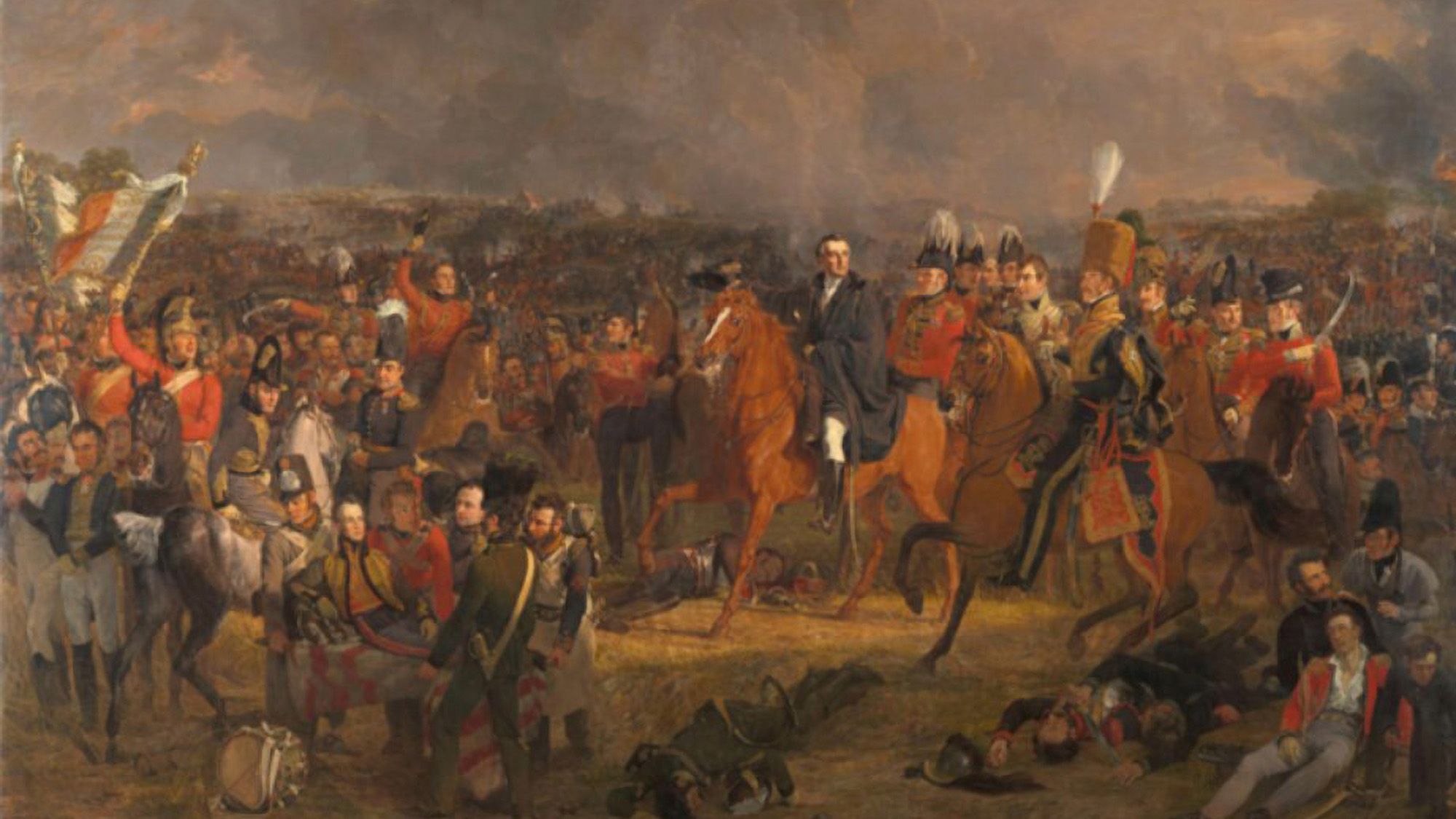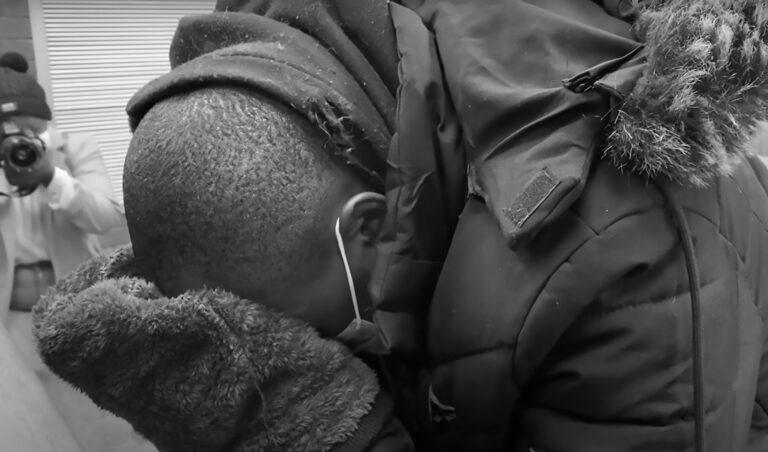The bones of the fallen soldiers at the Battle of Waterloo were sold as fertiliser, a new study has suggested.
The study, which was published on 17th June, nearly 207 years to the day after the epic battle on 18th June 1815, suggests that it is “most probable” that the bones of fallen Battle of Waterloo soldiers were sold as fertiliser.
This is according to a statement from the Taylor and Francis Group, which publishes scores of academic journals and books in the United Kingdom.
But even though “very few human remains have been found from what was such a bloodied affair”, the study, published in the peer-reviewed Journal of Conflict Archaeology and led by Professor Tony Pollard, argues that the case is not quite closed and that further digging is required.
Professor Pollard, the Director of the Centre for Battlefield Archaeology at the University of Glasgow, in the UK, has “demonstrates original data comprising of newly found battlefield descriptions and drawings, made by people who visited in the days and weeks following Napoleon’s defeat.”
The statement said: “These included letters and personal memoirs from a Scottish merchant living in Brussels at the time of the battle, James Ker, who visited in the days following the battle and describes men dying in his arms. Together the visitor accounts describe the exact locations of three mass graves containing up to 13,000 bodies.
“But will these new data lead to a mass grave discovery of the long-lost bones of those who gave their lives in this battle, which finally concluded a 23-year long war?”
Professor Pollard believes that this is unlikely, saying: “Artistic licence and hyperbole over the number of bodies in mass graves notwithstanding, the bodies of the dead were clearly disposed of at numerous locations across the battlefield, so it is somewhat surprising that there is no reliable record of a mass grave ever being encountered.
“At least three newspaper articles from the 1820s onwards reference the importing of human bones from European battlefields for the purpose of producing fertilizer.
“European battlefields may have provided a convenient source of bone that could be ground down into bone-meal, an effective form of fertilizer. One of the main markets for this raw material was the British Isles.”
He added: “Waterloo attracted visitors almost as soon as the gun smoke cleared.
“Many came to steal the belongings of the dead, some even stole teeth to make into dentures, while others came to simply observe what had happened.
“It’s likely that an agent of a purveyor of bones would arrive at the battlefield with high expectations of securing their prize.
“Primary targets would be mass graves, as they would have enough bodies in them to merit the effort of digging the bones.
“Local people would have been able to point these agents to the locations of the mass graves, as many of them would have vivid memories of the burials taking place, or may even have helped with the digging.
“It’s also possible that the various guidebooks and travelogues that described the nature and location of the graves could have served essentially as treasure maps complete with an X to mark the spot.
“On the basis of these accounts, backed up by the well attested importance of bone meal in the practice of agriculture, the emptying of mass graves at Waterloo in order to obtain bones seems feasible, and the likely conclusion is that.”
Professor Pollard, who is also the Lead Academic and an Archaeological Director at the charity Waterloo Uncovered, is keen to prove this once and for all. According to the statement, he is set to lead an “ambitious” geophysical survey that will last several years “involving veterans who will join the dig to provide insight to world-class archaeologists. In turn they receive care and recovery.”
The professor said: “The next stage is to head back out to Waterloo, to attempt to plot grave sites resulting from the analysis of early visitor accounts reported here.”
He added: “If human remains have been removed on the scale proposed then there should be, at least in some cases, archaeological evidence of the pits from which they were taken, however truncated and poorly defined these might be.
“Covering large areas of the battlefield over the coming years, we will look to identify areas of previous ground disturbance to test the results of the source review and distribution map, and in conjunction with further documentary research and some excavation will provide a much more definitive picture of the fate of the dead of Waterloo.”
The statement also said that “if the team was to find anything, it would be an extremely rare discovery.”
It added: “In 2015 a human skeleton was uncovered during the building of a new museum and carpark at the site. Then in 2019, amputated human leg bones were unearthed by the Waterloo Uncovered team in an excavation of the main allied field hospital. There is also a skeleton of uncertain provenance in the museum in Waterloo. No other significant remains have ever been found.”
The historic Battle of Waterloo took in what was then the United Kingdom of the Netherlands and what is now Belgium.
It saw French troops under the command of Napoleon Bonaparte pitted against the Seventh Coalition, which was made up of much of Europe, including the United Kingdom, Prussia, Austria, the Netherlands Russia, Denmark, Portugal, Spain, Sweden, Switzerland and other countries, including a score of Italian and German states.
It was hurriedly formed to defeat the French tyrant after he returned to power from exile after secretly escaping from the island of Elba.
To find out more about the author, editor or agency that supplied this story – please click below.
Story By: Joseph Golder, Sub-Editor: Marija Stojkoska, Agency: Newsflash
The Ananova page is created by and dedicated to professional, independent freelance journalists. It is a place for us to showcase our work. When our news is sold to our media partners, we will include the link here.




